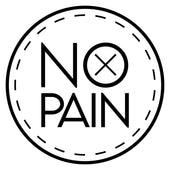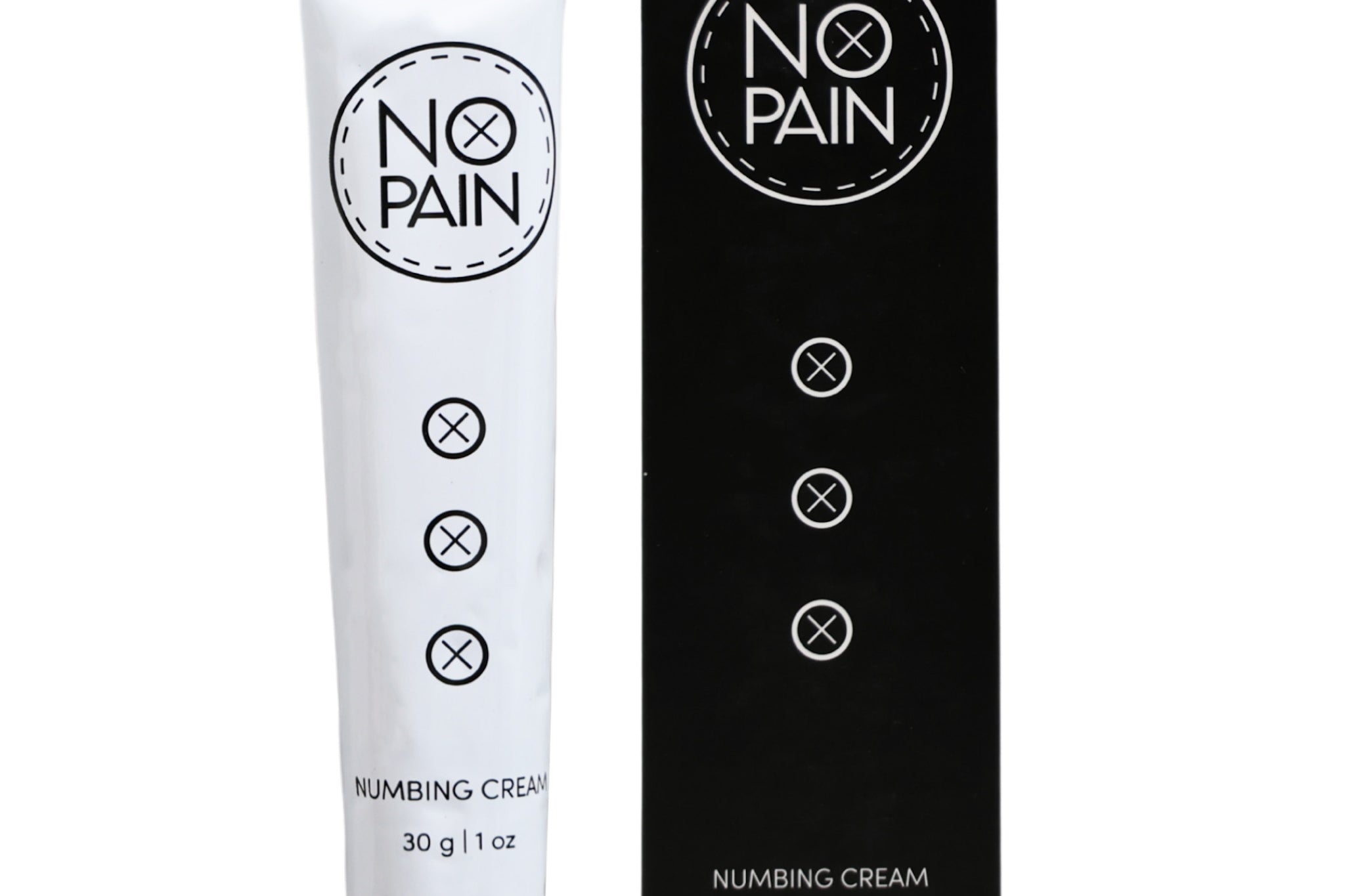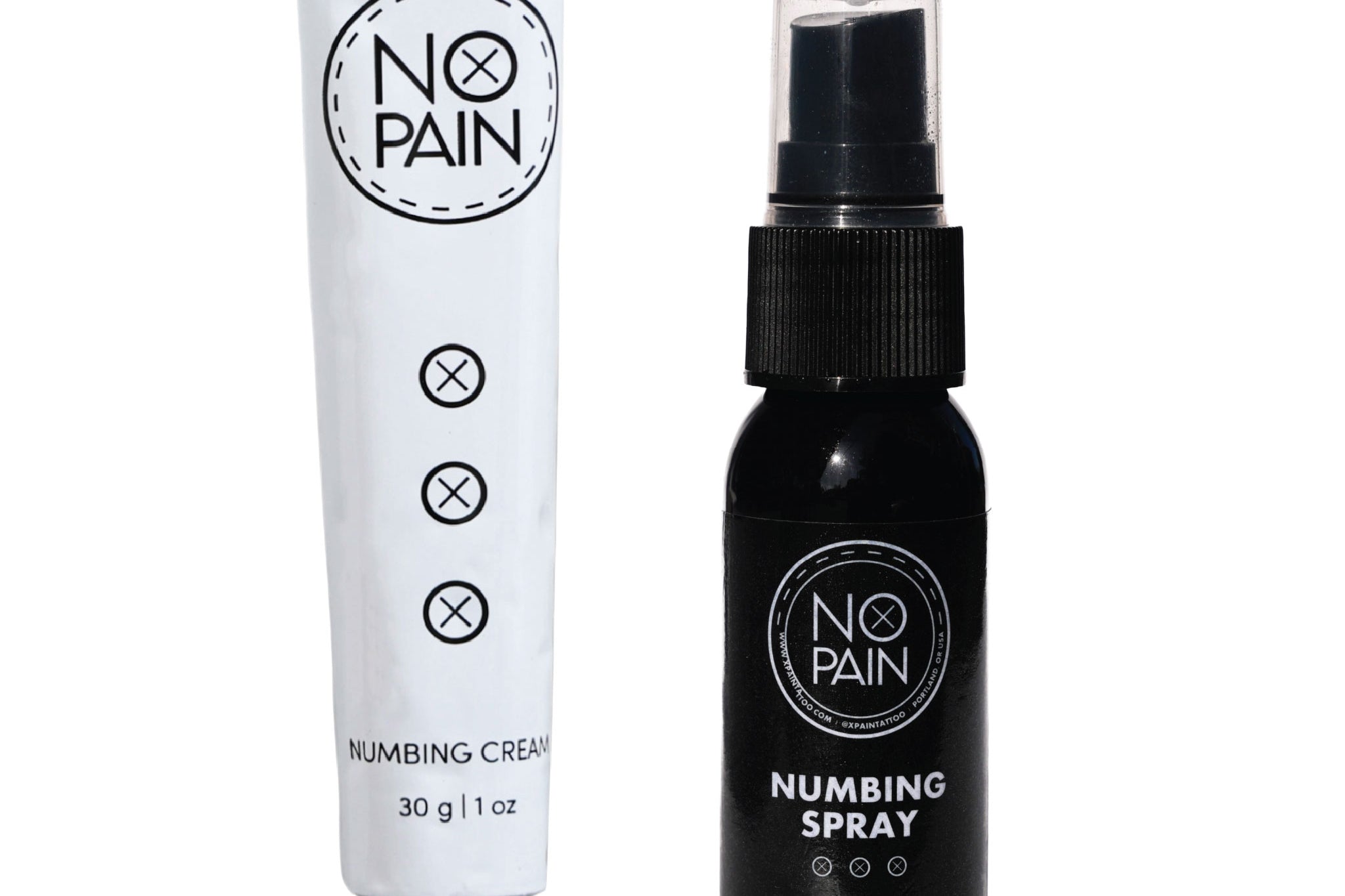It's the scenario every new tattoo owner dreads. You're a week into healing, right in the middle of the itchy, scabby phase. You accidentally snag your tattoo on a doorway, your dog gets an excited paw on it, or you give in to a moment of weakness and scratch the unbearable itch. You look down, and a piece of the scab has been ripped off, leaving behind a raw, pink, and wet-looking spot.
The panic is immediate. Have you just permanently ruined your new tattoo?
First, take a deep breath. While ripping off a scab is a serious healing setback, what you do in the next few hours can make a huge difference in the final outcome. This is your emergency guide to what happens when a scab gets ripped off and the immediate steps you should take to manage the damage.
What Just Happened Under Your Skin?
A scab on a tattoo is a mixture of dried plasma, blood, and ink that forms a protective crust over the healing skin. Crucially, this scab is deeply anchored into the dermis, where your permanent ink is still settling.
When a scab is ripped off prematurely, it doesn't just come off the surface. It pulls out the ink that was still healing and locked into it, leaving a void in your design. It also tears away the delicate, new layer of skin that was forming underneath, re-opening the wound.
The Immediate Consequences
-
Ink Loss: This is the most significant and guaranteed consequence. The spot where the scab was will now have significantly less ink than the surrounding area.
-
High Risk of Infection: You have just re-opened the wound, creating a fresh entry point for bacteria.
-
Potential for Scarring: The trauma of tearing the skin can lead to the formation of permanent scar tissue, which can be raised and have a different texture from the rest of the tattoo.
Your Emergency Action Plan: What to Do Right Now
Step 1: Gently Clean the Area Immediately
Your first priority is to prevent infection.
-
Wash your hands thoroughly.
-
Go to a sink and gently wash the entire tattoo with lukewarm water and a mild, antimicrobial cleanser. Our No Pain Tattoo Cleansing Foam is perfect for this, as it will clean the raw, open wound without causing further irritation from harsh rubbing.
-
Gently pat the area completely dry with a clean paper towel.
Step 2: Assess the Damage and Let It Breathe
Once the area is clean and dry, take a look. It will be pink, raw, and may be weeping a bit of fresh plasma. Do not immediately slather it with a heavy ointment. Let the re-opened wound air dry for at least 30-60 minutes to allow it to begin closing up again.
Step 3: Apply a Soothing, Protective Layer
The area is now incredibly sensitive and inflamed. You need a product that will soothe the trauma and protect the wound without suffocating it.
-
This is the perfect moment for our No Pain Tattoo Soothing Gel. Its cooling formula will provide immediate relief to the raw, painful spot and help to calm the inflammation.
-
For the following days, you must be incredibly diligent with your aftercare, treating the spot like a brand-new tattoo. Keep it clean and apply a thin layer of our breathable No Pain Tattoo Aftercare Balm to keep it from forming another thick, hard scab.
The Long-Term Outcome: The Inevitable Touch-Up
Be realistic. Even with perfect emergency care, a spot where a scab was ripped off will almost certainly heal patchy or faded. You should expect that you will need a touch-up session with your artist after the tattoo has fully healed (in about a month or two) to fill in the missing ink and fix the damage.
The Verdict: Ripping off a tattoo scab is a serious mistake with permanent consequences, but it's not the end of the world for your tattoo. The key is to act quickly to prevent infection and then to be prepared for a necessary touch-up.
The best way to handle this situation is to never be in it. The entire goal of a modern aftercare routine, using a complete system like our No Pain Tattoo Aftercare Bundle, is to prevent the formation of thick, heavy scabs in the first place, ensuring a smooth, light peel that eliminates this risk entirely.




